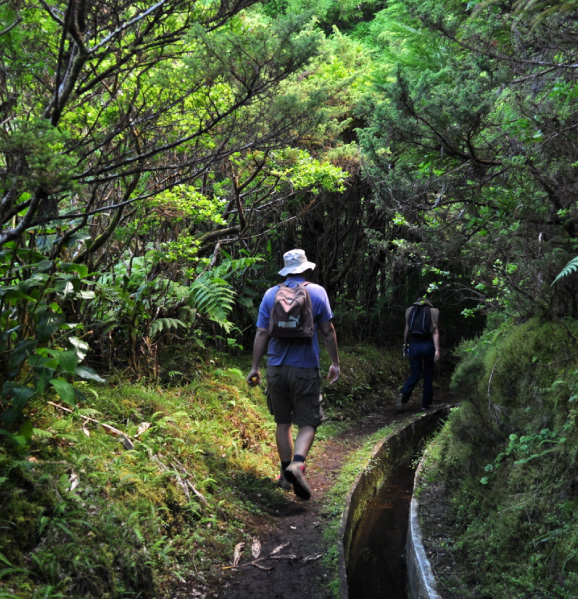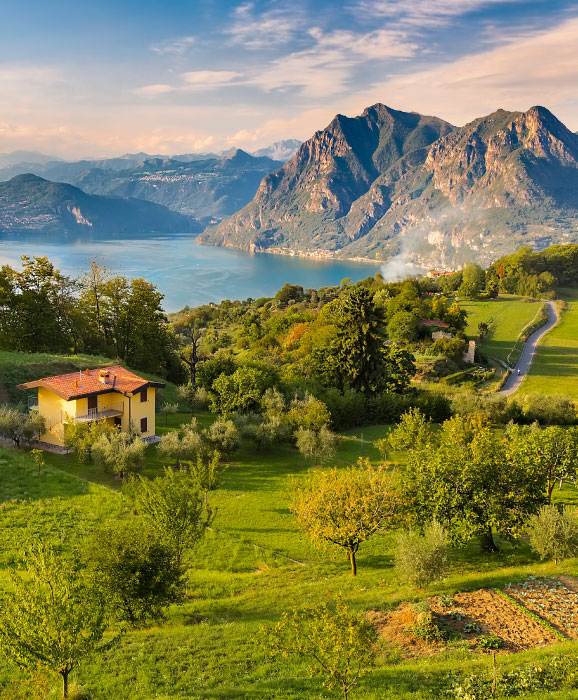Search hotels
A patrimonial, artistic, bullfighting and commercial city, that’s Linares, one of the most ten active and booming city from the south of Spain.
Located in the northwest of Andalusia, it is the second largest city in terms of population in the province of Jaén, since it has almost 60,000 inhabitants who are spread across its municipality, which has an area of 198 square metres. The Guadiel and Guadalimar rivers flow along its municipal borders; and in its landscape, which is characteristic of the eastern part of Sierra Morena, meadows of holm oaks blend with olive groves.
Under the influence of its mining history, today Linares is a cosmopolitan and welcoming city that offers a wide variety of resources and tourist attractions, as well as a variety complementary offer of entertainment and leisure.
Mining city par excellence, Linares has worked its lands in order to extract lead since its origin in the Iberian-Roman city of Cástulo, becoming in this way one of the most important mining areas in the world in the XX century. As a legacy of this memorable past, we find an excellent and unique architecture in Linares, which is linked to industry and bourgeois society.
Linares took advantage of its period of economic prosperity to erect civil buildings according to the trends that were found in the big European capitals. The Neogothic style of Los Marqueses de Linares’ Hospital, the modernist “Mercado de Abastos” (oldmarket) or the Neo-Mudejar Madrid Railway Station are good examples of this.
In addition to a strong bullfighting tradition, Linares has a long musical tradition that is closely tied to the “Taranta”, a type of flamenco song that tells us about the whole reality of the lives of the miners. Also, it is the cradle of artists as important as Raphael, Andrés Segovia and Carmen Linares.
All this, together with the gastronomy, the true art of “tapas”, the friendliness of its people, an intense cultural activity and its accessibility, place Linares as an ideal city to live a unique experience.
Cástulo
The Iberian-Roman city of Cástulo, located 5 kilometres away from Linares, was, in Roman times, one of the ten most important cities of the Iberian Peninsula. It was thanks to its lead and silver mines, the length of its walled area and its strategic position at the head of the Guadalquivir valley. The city was an important junction in the communication routes of that time and, along its history, it had a privileged access to the mining resources of Sierra Morena. The “oppidum” –or fortified city– of Cástulo was the capital and the most important population centre in the Iberian Oretania, in addition to becoming Episcopal See in the Low Roman Empire.

Mining in Linares
Since its origin in the Iberian-Roman city of Cástulo, Linares, a mining city par excellence, has worked its lands in order to extract lead, one of its most solid economic source and main argument for its society and culture. But it was from the XIX century when Linares turned into one of the most important mining areas in the world. This fact was reflected in an excellent and unique architecture, which is linked to industry and bourgeois society.
Linares took advantage of its period of economic prosperity to erect civil buildings according to the trends that were found in the big European capitals. The Neogothic style of Los Marqueses de Linares’ Hospital, the modernist “Mercado de Abastos” (oldmarket) or the Neo-Mudejar Madrid Railway Station are good examples of this.

Bullfighting in Linares
Linares, bullfighting city par excellence, has enjoyed the art of bullfighting since the XVI century. The bullfighting has caused a great interest around the citizens and has given birth to great names in the bullfighting world. Our society has lived memorable afternoons, as the one on the 28th August, 1947, when Manuel Rodríguez, known as “Manolete”, fight to death with “Islero” in the Linares bullring.
The fighting bull achieves in Linares a dimension that goes beyond the main role that the local festivities, centred on this figure, grants him. This bullfighting tradition even reaches an exciting area such as the breeding of the fighting bull in a completely natural environment.

Linares gourmet
Linares has turned its gastronomy into a hallmark. The extra virgin olive oil is present in every typical dish from Linares. Some of our culinary specialities are born in the town’s mining days, a splendorous and interculturality period in Linares.
Linares has made the “tapa” a delightful distinguishing mark. The city possesses bars, taverns and restaurants which have transformed the “tapa” in an art of the traditional and avant-garde cuisine. In Linares, the “tapas” are exquisite miniatures that summarise the varied and rich gastronomy of the city. The difficult thing here will be to choose between the wide range of tapas. This delicacy in miniature is always served for free to accompany a drink.

Accessible Linares
If we talk about Linares, we refer to an accessible destination of experiences and emotions. Linares challenges the travellers to enjoy the city with the five senses. The cultural and heritage offer, shopping, gastronomy, bullfighting events and beautiful landscapes are unique and an example of a perfect match between quality and accessibility.
Linares is currently among one of the most accessible cities in Spain. It is a cutting-edge city in the province in terms of creating a barrier-free city for people with disabilities or reduced mobility, defining an accessible city model that enables an integral, touristic and commercial development in order to hold any type of event since all the congressional and hotel facilities are fully prepared for that.


European Destinations of Excellence
Sustainable tourism destinations in Europe

TOURNUS, FRANCE
Extraordinary panorama and artistic beauty

WILD TAIGA, FINLAND
You are most welcome to meet the locals!

MELLIEHA, MALTA
Dip in the blue waters of Mellieħa Bay or the surrounding bays

MULRANNY, IRELAND
Explore spectacular landscapes and seascapes

SILLY, BELGIUM
Full of remarkable trees, churches, chapels

SOCA VALLEY, SLOVENIA
A paradise for water sports on the river Soča

ELBRO DELTA, SPAIN
The most extensive aquatic habitat of the Catalan lands

NIN, CROATIA
The Most Romantic Destination in Europe

DURBUY, BELGIUM
A glorious mix of colours and experiences

DRNIS, CROATIA
Well known for its original prosciutto and excellent wines

LANDLUST, AUSTRIA
Discover the special quality of country living away from tourist centres

Monte Isola, Italy
Extraordinary panorama and artistic beauty

KULDIGA, LATVIA
The most charming and magical towns in West Latvia

PARCO DEL MINCIO, ITALY
Extraordinary panorama and artistic beauty

JURMALA, LATVIA
A green seaside resort that is rich in unique natural resources

FAIAL, PORTUGAL
The Natural Park is filled with sweeping landscapes
Best in Europe.
Your ultimate bucket list to travel in Europe






































































